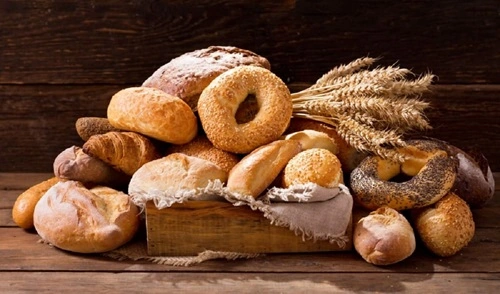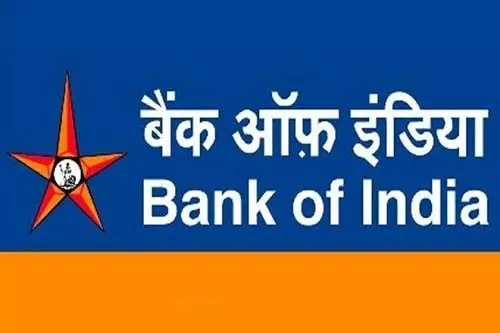The bakery industry in India has experienced significant growth over the past decade, becoming one of the largest segments within the country’s food processing sector. As of 2025, this industry continues to evolve, influenced by changing consumer preferences, technological advancements, and economic factors. A comprehensive SWOT analysis—examining the industry’s Strengths, Weaknesses, Opportunities, and Threats—provides valuable insights into its current landscape and future prospects.
Strengths
1. Expanding Market Size
The Indian bakery market has demonstrated robust growth, with projections indicating a rise from USD 11.07 billion in 2024 to approximately USD 25.16 billion by 2034, reflecting a compound annual growth rate (CAGR) of 9.5% during 2025-2034.
2. Diverse Product Range
The industry offers a wide array of products, including bread, biscuits, cakes, pastries, and rusks, catering to varied consumer tastes and preferences. This diversity enables the industry to appeal to a broad demographic spectrum.
3. Advancements in Technology
Technological innovations have enhanced production efficiency, product quality, and shelf life. The adoption of modern baking equipment and processes has enabled manufacturers to meet increasing demand while maintaining consistent quality standards.
4. Growing Urbanization and Changing Lifestyles
Rapid urbanization and evolving consumer lifestyles have led to a surge in demand for convenient and ready-to-eat bakery products. The increasing working population and rising disposable incomes have further fueled this demand.

Weaknesses
1. Fragmented Market Structure
The Indian bakery industry is highly fragmented, with a significant presence of unorganized players. This fragmentation can lead to inconsistencies in product quality and poses challenges in implementing standardized regulations across the sector.
2. Supply Chain Challenges
Despite advancements, the industry faces supply chain issues, particularly in maintaining the cold chain for perishable bakery items. Inconsistent supply of raw materials and logistical inefficiencies can affect product availability and quality.
3. Health Concerns
Traditional bakery products are often high in sugar and fats, leading to growing health concerns among consumers. This shift towards health consciousness necessitates reformulation of products to meet the demand for healthier alternatives.
4. Price Sensitivity
The Indian consumer market is highly price-sensitive. Fluctuations in the prices of raw materials, such as wheat and sugar, can impact production costs, making it challenging for manufacturers to maintain competitive pricing without compromising on quality.
Opportunities
1. Rising Demand for Healthier Options
There is an increasing consumer inclination towards healthier bakery products, including whole grain, gluten-free, and low-sugar options. Manufacturers can capitalize on this trend by diversifying their product lines to include health-focused offerings.
2. Expansion into Rural Markets
Rural India presents a vast, untapped market for bakery products. With improving infrastructure and increasing disposable incomes in these areas, there is significant potential for market expansion beyond urban centers.
3. E-commerce and Online Retailing
The proliferation of e-commerce platforms offers bakery businesses an opportunity to reach a wider audience. Online retailing can enhance accessibility, convenience, and customer engagement, driving sales growth.
4. Innovation in Product Offerings
Introducing innovative products, such as fusion flavors, artisanal breads, and premium pastries, can attract niche markets and cater to evolving consumer preferences, thereby differentiating brands in a competitive landscape.
Threats
1. Rising Raw Material Costs
Fluctuations in the prices of essential raw materials, such as wheat and sugar, pose a significant threat to the bakery industry. For instance, wheat prices in India reached record highs in early 2025 due to supply shortages, impacting production costs for bakery products.
2. Intense Competition
The bakery sector faces stiff competition from both domestic and international players, including artisanal homegrown brands that are gaining popularity. This competitive environment can lead to price wars and margin pressures.
3. Regulatory Challenges
Compliance with food safety regulations and quality standards is becoming increasingly stringent. Failure to adhere to these regulations can result in legal repercussions and damage to brand reputation.
4. Changing Consumer Preferences
Rapid shifts in consumer preferences, driven by health trends and lifestyle changes, require manufacturers to be agile and responsive. Inability to adapt to these changes can lead to a decline in market relevance.
Conclusion
The bakery industry in India, as of 2025, stands at a pivotal juncture, characterized by significant growth prospects tempered by notable challenges. Leveraging strengths such as a diverse product range and technological advancements, while addressing weaknesses like market fragmentation and health concerns, will be crucial. By seizing opportunities in health-oriented products, rural market expansion, and e-commerce, and mitigating threats related to raw material costs and competition, the industry can navigate the complexities of the evolving market landscape and achieve sustained growth.














